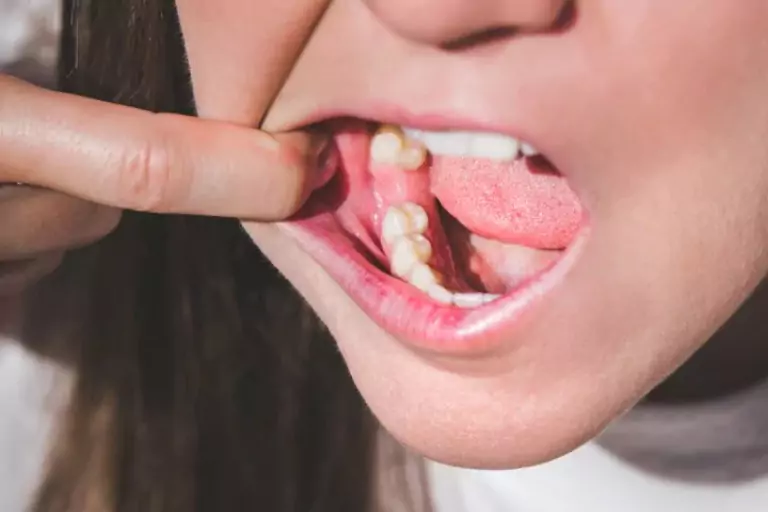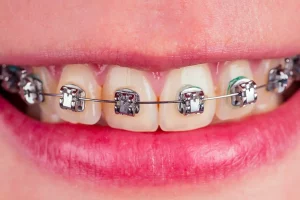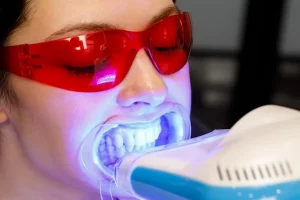Tooth extraction is part of the dental procedure. The process can be considered to be an aid to solve different issues present. But seemingly, for some patients, something unusual comes out, like bone spicules. These minuscule bone particles are a thing of concern but most of the time, and in this case, a natural healing process occurs. Now, we will get a closer look into the bone spicules after tooth extraction: why they come and how to manage them well in this blog.
What are Bone Spicules?
Bone spicules are simply small, pointed fragments of bone. Sometimes, these may lodge in the gums following the extraction of a tooth. In addition, they are simply a natural part of healing. This is because your body wants to fill in the holes in the bone left from the tooth you lost. Despite the fact that they are something that you don’t need to be in your mouth, bone spicules are quite common. Most of them will dissolve away on their own.
Why Do Bone Spicules Form?
There are several reasons why bone spicules form:
- Bone Density: In some cases, the bone structure might be denser than others. In a few, spicules might be relatively more liable to form.
- Extraction Method: Even the extraction method itself, therefore, can be a potential contributor to spicules forming in bone.
- Healing Response: Immediately after your tooth has been removed, your body initiates the healing process, building new bone. Sometimes, little pieces break off during this healing process.
Knowing what bone spicules are and why they form can help alleviate concerns for those who experience them.
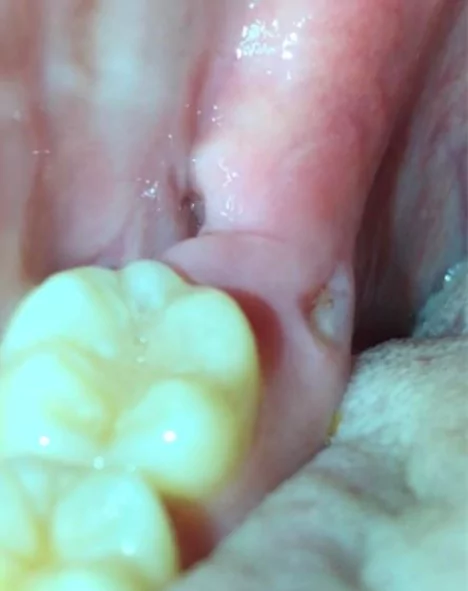
Common Symptoms of Bone Spicules
Some common symptoms that patients report after having undergone bone spicules include the following. Such signs can be of great importance in letting people know whether to seek further treatment. Symptoms to watch for:
- Bad Taste or Odor: A foul taste or odor in the mouth can be indicative of infection or irritation from spicules.
- Swelling: Swelling around the extraction area can be minimal but is normal for healing. Monitor this condition.
- Bleeding: Some degree of bleeding is inevitable after extractions. However, more than that may require a call to your dentist.
- Pain or Discomfort: You may feel extreme aches from the tooth extraction site. Perhaps this is because bone spicules are causing irritations in the surrounding tissues or tissue irritation.
If you experience any of these symptoms, then it becomes quite essential that you consult your dentist.
Are Bone Spicules Dangerous?
Normally, bone spicules are harmless. They are a part of the healing process and will always resolve on their own without any intervention. Of course, there are some scenarios that do necessitate attention. Here’s when to be concerned:
- Persistent Pain: If the pain persists beyond some days, it may be something to be worried about.
- Evidence of Infection: If the fever has accompanied swelling that is foul-smelling, with or without discharge, report to a hospital immediately.
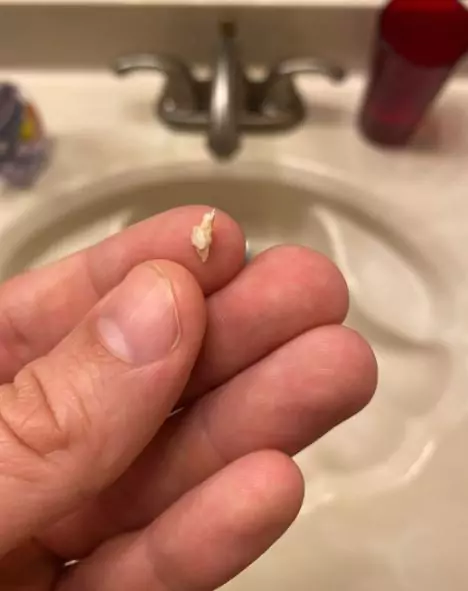
- Dysphagia or Dysphonia: If spicules start affecting your ability to speak or eat adequately, consider consulting your dentist immediately.
These signs will make you take appropriate action at the correct time.
How to Manage Bone Spicules
If you suspect having bone spicules after tooth extraction, then here’s how you may try to manage them and let them heal. Some easy home care tips are as follows:
- Rinse with Saltwater: Warm saltwater rinse can soothe the surrounding area of the extraction site.
- Pain Relief: Over-the-counter painkillers can aid in the treatment of pain. Always adhere to the dose recommendations on the packaging.
- Avoid Smoking: Smoking can impede healing and increase the risk of complications. If you smoke, consider avoiding it during recovery.
- Soft Foods: For a while, avoid crunchy or hard foods as they are likely to become an irritation for the extraction site. Use soft foods such as yogurt, mashed potatoes, smoothies, etc.
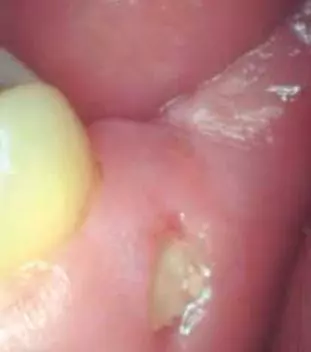
These simple home care tips make a difference when dealing with bone spicules after tooth extraction, and try to give a smooth recovery.
When to Visit a Dentist
If your condition doesn’t get better with home care, then you should see your dentist. Professional healthcare may require a simple checkup to diagnose the situation. Professional solutions are:
- Debridement: In case bone spicules cause annoying pain, then a dentist may carefully remove them.
- Prescription Medication: In some cases, a dentist will prescribe some antibiotics to eliminate the infection.
- Follow-up Appointments: All checkups assist in recovery and ensure that any problems at hand are resolved.
Your dentist is your best port of call when talking about having problems concerning bone spicules.
Preventing Bone Spicules
While it’s not always possible to prevent bone spicules, the following practices can minimize the risk:
- Choose an Experienced Dentist: A professional dentist will implement procedures that minimize the formation of spicules
- Follow Post-Operative Instructions: Following what your dentist has to tell you after extraction can aid in healing.
- Orally Hygiene: Keep the mouth free of infections; healing would be that much easier.
These small precautions help in recovery and decrease the chances of getting bone spicules.
Summary
Bone spicules can occur when extracting the tooth. Yet, in most cases, this will be no harm. Learning what they are can reduce the discomfort one feels. Most cases of patients’ recovery are smooth and positive if they undergo proper home care with professional guidance. Don’t hesitate to contact your dentist if you have any concerns or symptoms. Your dentist has enough time to help you go through the healing process and ensure that your oral health is right on track. After all, looking after your mouth does matter for your overall health; it will even thank you for your smile!

